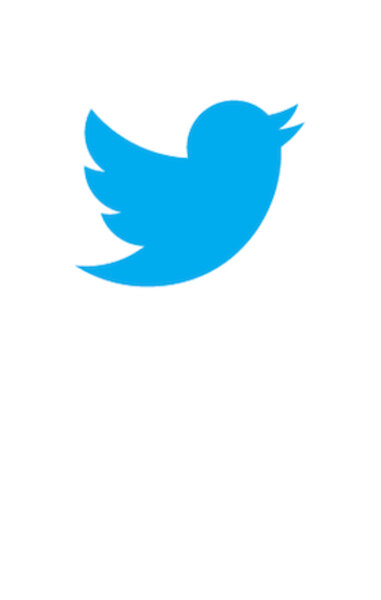In wake of hacks, Twitter introduces new two-step verification process
Loading...
Twitter has seen no end of high-profile hacks in recent months. Burger King had its account commandeered, as did Jeep. Meanwhile, the feeds of several media outlets, including the Financial Times, the BBC, and the Associated Press, have been taken over by a group calling itself the Syrian Electronic Army. Now, in the wake of these attacks, Twitter is introducing a beefed-up (and totally optional) user authentication feature.
"Today we’re introducing a new security feature to better protect your Twitter account: login verification," Twitter's Jim O'Leary wrote in a blog post this morning. "This is a form of two-factor authentication. When you sign in to twitter.com, there’s a second check to make sure it’s really you. You’ll be asked to register a verified phone number and a confirmed email address."
To sign up, boot up Twitter, and click on the account settings drop-down (that cog up in the top-right corner of your screen). Select "require a verification code when I sign in," and enter your phone number. The whole process is pretty painless (and very quick).
Once you activate the verification feature, Twitter will send you an SMS message each time you attempt to sign on to Twitter. That message will contain a six-digit pin that you'll use to complete the log-in process. Of course, all this means you always need to have your phone nearby, which can be a bit of a pain.
But as Hayley Tsukayama of the Washington Post notes today, it's totally worth it.
"Given how embarrassing Twitter hacks can be for individuals and organizations, it makes good sense to give up a little bit of convenience for an extra layer of security," she writes. "It’s better to have to reach for your phone whenever you log in than have to clean up your online reputation later."
For more tech news, follow us on Twitter @venturenaut.








